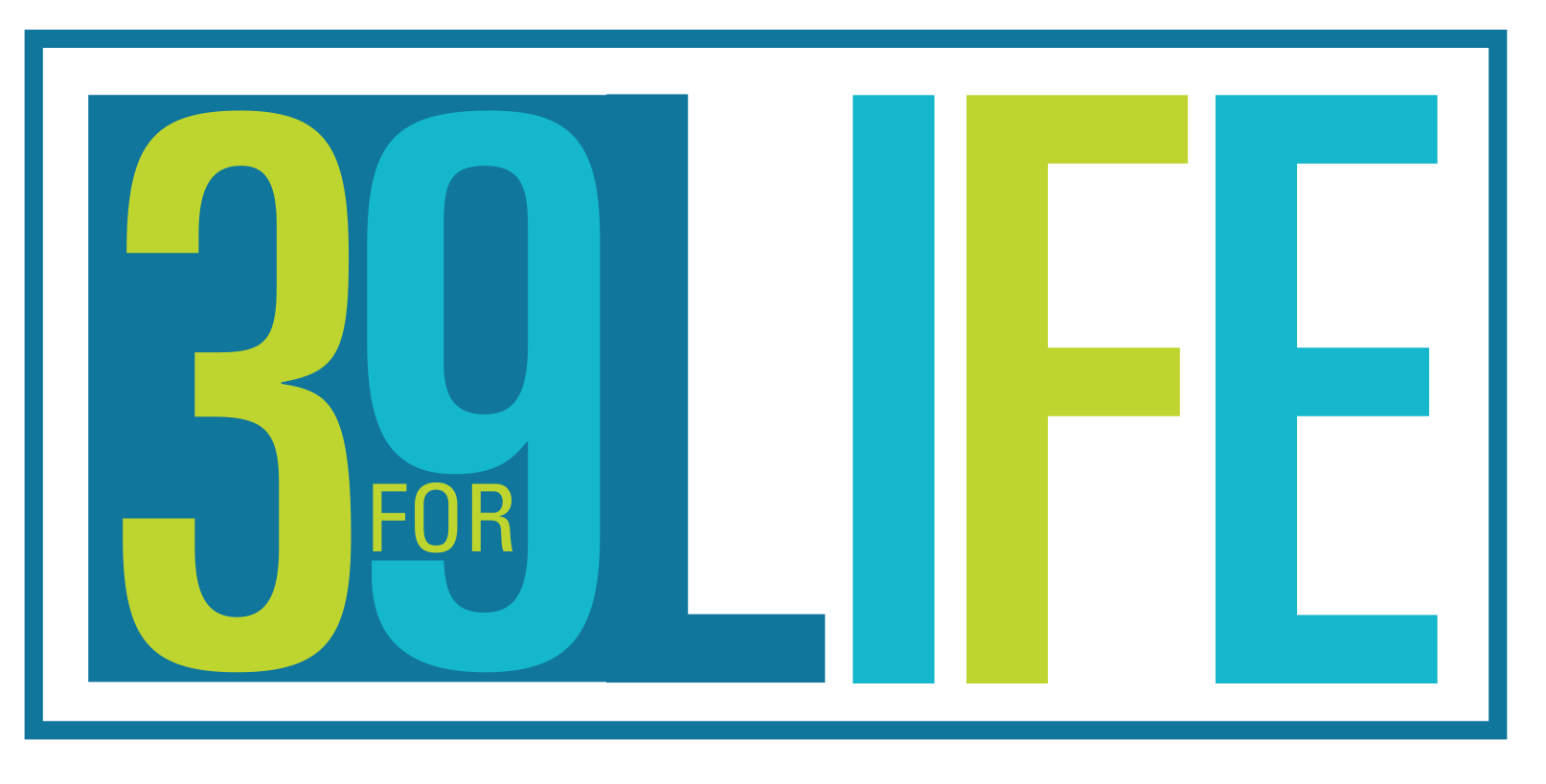Beware that broccoli — it could be lethal.
That is what some experts are warning us about when we mix some of our favorite foods with prescription medications. The National Consumers League and the U.S. Food and Drug Administration say a medicine can change the way your body uses food, and any of these changes can be harmful.
“Your age, weight, gender, medical conditions, dosage, other medicines, vitamins, herbals and other dietary supplements can affect how your medicines work,” they say, and they recommend that every time you use a medicine you should carefully follow the information on the label and directions from your doctor or pharmacist.
Related link: 8 delicious ways to control anxiety
But with the average American taking more than one medication, keeping track of possible side effects can be a challenge. Experts at CEUfast.com estimate that 44 percent of men and 57 percent of women over the age of 65 take over five medications weekly, and 12 percent take over 10 medications every week. That means the chances of your loved one having a bad reaction to a food and medication interaction is pretty high.
1. Grapefruit juice
The negative effects of taking medications with a glass of grapefruit juice range from erectile dysfunction to high blood pressure. Doctors believe it’s the chemical called Furanocoumarin that creates these harmful interactions. Also found in Seville oranges and tangelos, this chemical likes to bind to an enzyme in your intestinal tract called CYP3A4, which reduces the absorption of certain medications. When this enzyme gets caught up with the chemicals in grapefruit juice, it’s easier for medication to enter your bloodstream.
“Blood levels will rise faster and higher than normal, and in some cases, those levels can be dangerous,” experts at Harvard Health say.
So, when it’s time to take your medication, a glass of water is your best bet.
2. Green leafy vegetables
Adding vitamin-rich vegetables like kale, broccoli, and red leaf lettuce is a great way to arm your body against illness. But they also contain vitamin K. The primary biological function of vitamin K is to assist in coagulation functions.
“If you are taking blood-thinning medications while consuming large amounts of leafy green vegetables, those two substances are working at cross-purposes and may cancel each other out,” health expert Charis Grey says.
Keep in mind, this occurs when you consume large amounts of leafy greens. She added that some cooking oils have the same effect. Vegetable, soybean, cottonseed, and canola oils all contain large amounts of vitamin K.
3. Foods containing Tyramine
For those treating depression, many patients are using medications called monoamine oxidase inhibitors, or MAOI. Its job is to break down the monoamine oxidase enzyme, which helps relieve depression. However, this enzyme breaks down an amino acid called Tyramine, which helps regulate blood pressure.
Foods like lunch meats, aged cheese, chocolate, draft beer, fermented soy products, among other foods, all contain Tyramine. When Tyramine levels raise, it can cause your blood pressure to spike. And that can be serious.
Related link: Can an apple a day keep the doctor at bay?
4. Wheat bran
How can wheat bran be bad for you? It’s not, really. Adding fiber to your diet is an important part of maintaining good health. However, experts have found that insoluble fiber slows down the absorption of some medications and makes them less effective.
For example, registered dietitian Carol M. Bareuther says meds like Digoxin and Lanoxin, which strengthen heart muscle contractions, slow the heart rate, and promote the elimination of body fluids, will be affected by an excess of insoluble fiber. This means patients aren’t getting the right amount of medication needed. To prevent this, Bareuther says people should take digoxin at least one hour before or two hours after eating a meal.
Food can be a beneficial part of our healing process. But the last thing we want to do is interfere with the function of our medications. By understanding what we are taking and discussing the possible side effects of mixing meds with our diet, we can be sure good health and healing are always on the menu.




